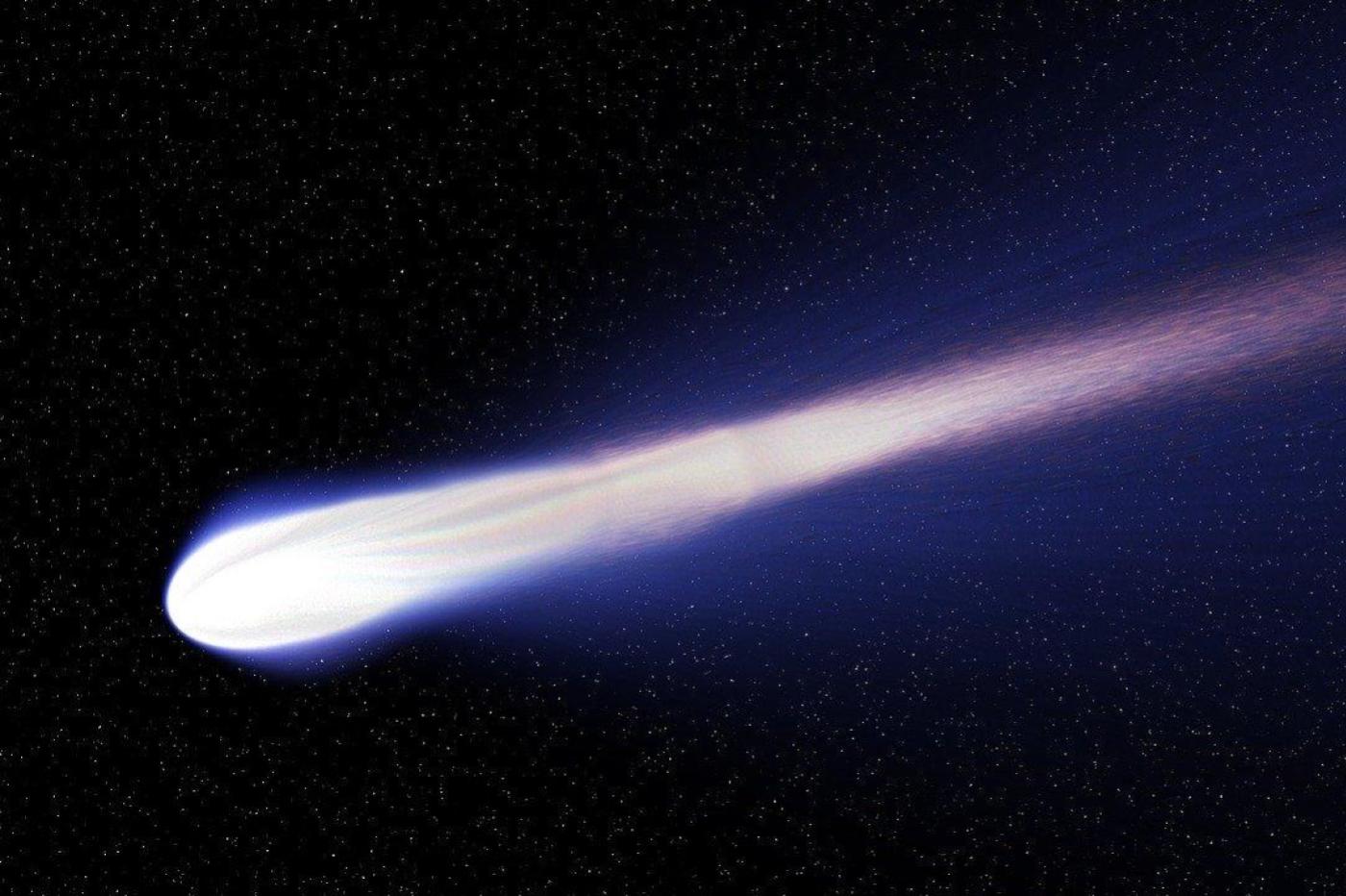
Comets never have green tails, and scientists are hardly sure why.
There are thousands of comets, but none have a green tail. It’s strange, but this curiosity of nature has never really found a scientific answer. The green color is not very present in space anyway. It is possible in very particular conditions to see a green ray of Sun, but the latter never lasts more than an instant.
When it comes to comets, they tend to turn green as they get closer to the Sun. But that green color never gets to the end of their tail. An intriguing phenomenon for scientists who have sought to understand how these blocks of ice from the far reaches of the solar system work.
A theory almost a century old
As early as the 1930s, physicists had already asked themselves the question, and Gerhard Herzberg seemed to be the closest to the correct theoretical answer. While the German-Canadian scientist received the Nobel Prize for chemistry in 1971, many years later scientists were able to give him credit for yet another discovery.
Indeed, and as he had suggested, comets do not have a green tail, because the color is destroyed before reaching the end of the tail. Indeed, the diatomic carbon (C2) which is the reaction between sunlight and organic matter located on the head of the comet is destroyed once it moves away from the head of the latter.
A laboratory test as confirmation
Until now, this gas was so unstable that researchers had never been able to verify this theory. But a few days ago a team of Australian researchers, working for the University of New South Wales, just found a way to test this gas in a laboratory.
Scientists were therefore able to demonstrate that C2 was not a great friend of ultraviolet (UV) radiation. The latter, which come directly from the Sun, tend to break the bonds between the carbon atoms that form the C2 molecules. Without going into the details of the discovery, the researchers talk about photodissociation, which destroys diatomic carbon before it has time to reach the tail of comets.



